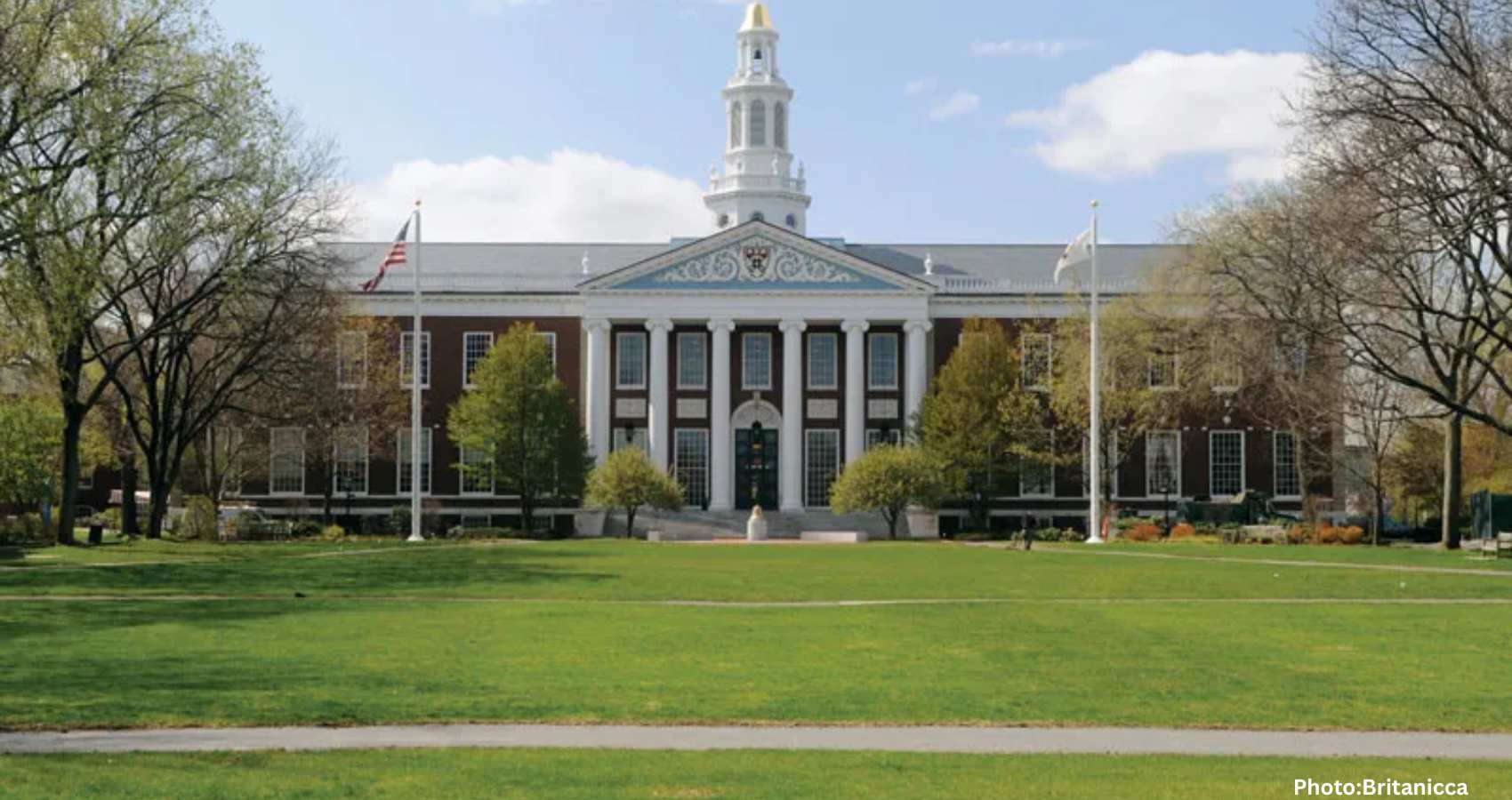Harvard University and the Trump administration returned to court for a pivotal hearing on a suspended $2 billion federal research funding, amid accusations of anti-Semitism on campus.
Harvard University found itself back in court on Monday, contesting a decision by the Trump administration to freeze over $2 billion in federal research funds. This marks a significant legal challenge rooted in broader issues of academic freedom, federal oversight, and allegations of anti-Semitism on college campuses.
U.S. District Judge Allison Burroughs presided over the hearing, where she listened to arguments from both Harvard and the Trump administration. This legal dispute, which has drawn national attention, is seen as a key test of the administration’s policies on educational institutions and their handling of anti-Semitism.
The freeze on Harvard’s funding was prompted by accusations that the university failed to address anti-Semitic incidents following the October 2023 Hamas attacks on Israel. Harvard’s counsel, Steven Lehotsky, argued that the administration’s actions constituted a “blatant and unrepentant violation” of the First Amendment and Title VI of the Civil Rights Act, describing the funding cut as “arbitrary and capricious.”
Lehotsky warned that the freeze would severely impact long-standing research initiatives, dismantle labs, and threaten academic careers. He emphasized that the university is taking concrete measures to address these concerns, such as reforming the use of campus spaces for protests, revising disciplinary protocols, and enhancing anti-Semitism awareness and training.
On the other hand, Michael Velchik, representing the Trump administration, framed the legal battle as a contractual issue. He contended that the federal government has the authority to withdraw funding if it no longer aligns with its priorities, citing a January executive order from President Donald Trump on anti-Semitism.
During the proceedings, Judge Burroughs expressed skepticism about the administration’s rationale, questioning Velchik on whether cutting off funding to vital research projects genuinely combats anti-Semitism. She remarked that the action could harm both American and Jewish interests by disrupting crucial research.
Velchik defended the administration’s stance, asserting that the funding cuts were justified as combating anti-Semitism is a legitimate objective. He reiterated that the government remains committed to fostering an inclusive environment for Jewish students and faculty at Harvard.
Harvard maintains that its penalized research, which includes significant contributions to cancer prevention and neurodegenerative disease studies, bears no relation to the allegations of anti-Semitism. The university highlighted a Defense Department official’s warning about the national security risks posed by terminating a $12 million biological threat research grant.
Amid the courtroom exchanges, the broader implications of the case loomed large, with Burroughs questioning whether the administration’s approach constituted impermissible suppression of speech.
Discussions between Harvard and the administration have been ongoing, with the university urging for an expedited resolution by September 2025. However, the negotiations appear to have hit roadblocks, especially after a letter found the university in “violent violation” of the Civil Rights Act and a subsequent Department of Homeland Security probe into Harvard’s adherence to immigration laws.
Judge Burroughs has yet to issue a decision, stating her intention to deliver a timely opinion. Meanwhile, President Trump preemptively criticized the judge on social media, suggesting that an appeal is a likely next step for the administration should the ruling not be in its favor.
The ramifications of this legal battle extend beyond Harvard, as the administration also engages with other institutions like Columbia University, hinting at potential settlements involving significant financial amounts.
Monday’s proceedings underscored the tensions between the need to address discrimination and the administration’s interpretation of its policy priorities, leaving academic and legal communities closely watching the outcome.

